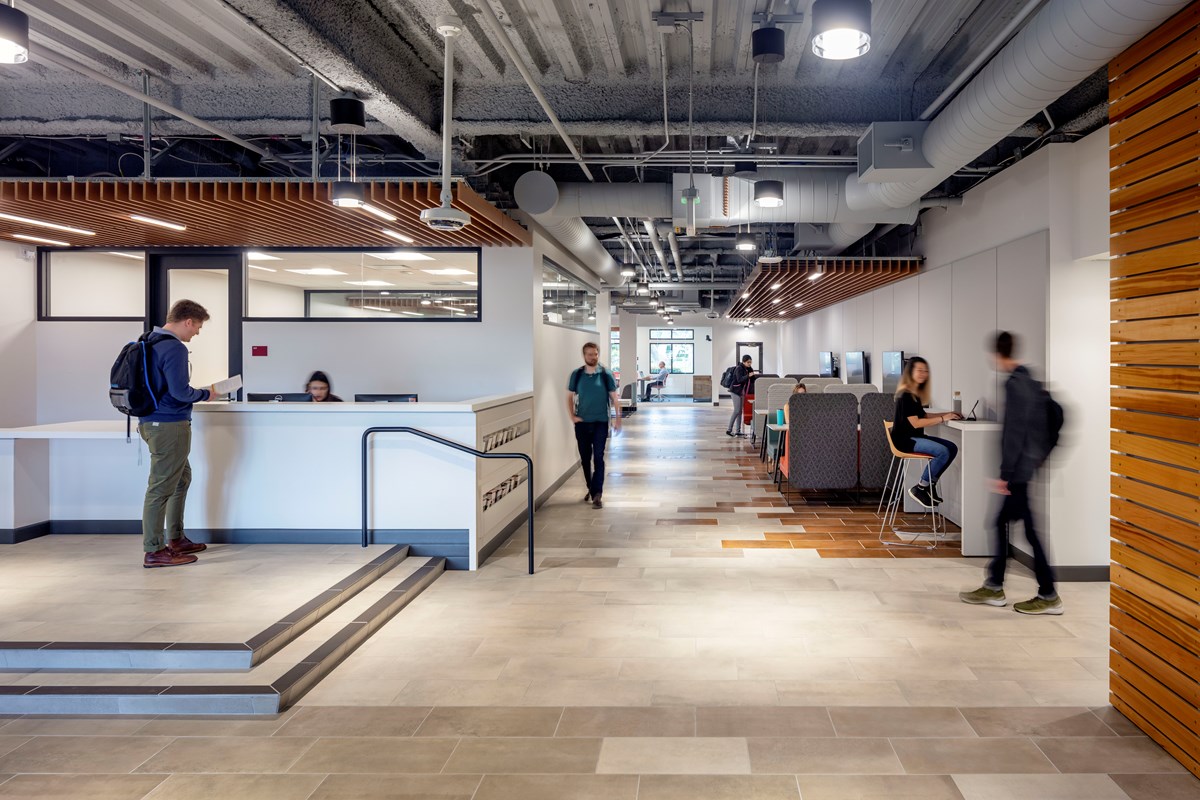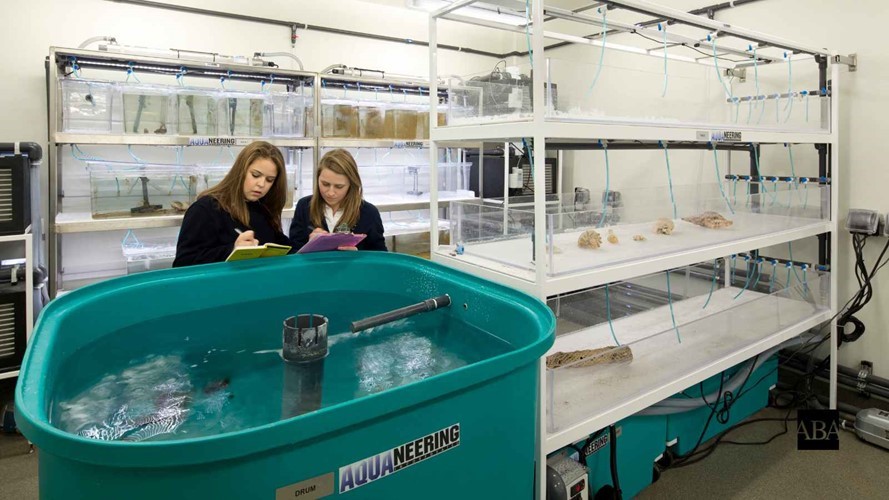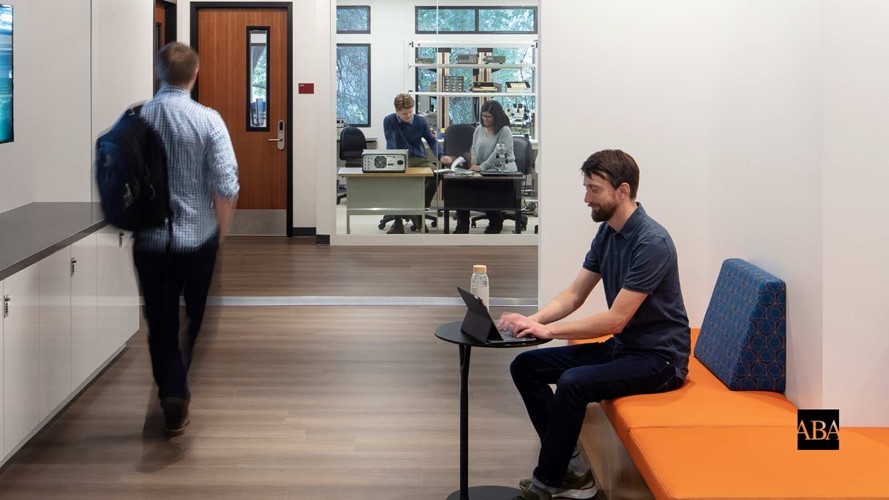
When we read about NASA preparing for its next mission to the moon, see the exciting imagery coming from the James Webb Space Telescope, or read about any of the exciting discovers across the various scientific disciplines, we naturally think about how STEM spaces are preparing the next generation of scientists and engineers. The two projects below are proud examples of how architecture shapes learning environments to support curiosity, discovery, and collaboration in pursuit of new knowledge.
1. The Santa Catalina School Math & Science Building integrates science labs with real-world experiences in biology, chemistry, and physics. Marine Biology Lab houses salt water aquaria, an environment designed to inspire and engage, where students can explore, experiment, and discover together.

2. The transformative renovation of Heafey Bergin for Santa Clara University's School of Engineering provides flexible and adaptable environments serving a campus-wide STEM vision. Our team developed prototypes and deployed cutting-edge designs for technology-enabled classrooms, computer labs, and informal collaboration areas to support interdisciplinary learning.
